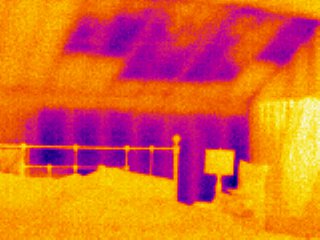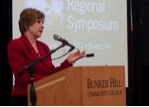American Meteorological Society and Second Nature Partner to Strengthen Climate and Sustainability-Focused Curricula at Minority-Serving Institutions
By James Brey, Director, AMS Education Program and Elizabeth Mills, Associate Director, AMS Education Program
(This article appears in the February, 2012 issue of The ACUPCC Implementer)
 The National Science Foundation (NSF) GeoVision reportunderscores the critical need for increasing public literacy in the geosciences. Daily, Americans learn about threats to the Earth, such as the peril of global climate change and the increasing frequency of natural and manmade hazards. It is imperative the public gain a deeper understanding of the underlying scientific processes that influence these events. It also is essential that our educational system and workforce reflect our diversity as a nation.
The National Science Foundation (NSF) GeoVision reportunderscores the critical need for increasing public literacy in the geosciences. Daily, Americans learn about threats to the Earth, such as the peril of global climate change and the increasing frequency of natural and manmade hazards. It is imperative the public gain a deeper understanding of the underlying scientific processes that influence these events. It also is essential that our educational system and workforce reflect our diversity as a nation.
To this end, NSF is supporting a long-term partnership betweenAmerican Meteorological Society (AMS) and Second Nature to introduce the AMS Climate Studies course to 100 Minority-Serving Institutions (MSIs) nationwide. The course is a ready-made way for MSIs to strengthen the curriculum component of their ACUPCC Climate Action Plans and provide students with an up-to-date study of climate science, including global change and sustainability issues.
- Read more about American Meteorological Society and Second Nature Partner to Strengthen Climate and Sustainability-Focused Curricula at Minority-Serving Institutions
- Add new comment








 Second Nature is partnering in the coming months with the
Second Nature is partnering in the coming months with the 